The Squad table should be a linking table that creates a many to many relationship between Players and Team. Since each Player/Team combination can occur only once, both columns Team_ID and Player_ID should be part of the primary key.
Squad should be on the n-side of two relationships. Its name should probably be something like Membership.
Why do you need a separate PlayerStatistics table? Apparently it stores statistics for the same Player_ID/Team_ID combinations as Squad. The fields of this table should go to the Squad table.
Shouldn't the Positions be per membership? One position per membership, i.e. one player has one defined position in each team, in which case Position_ID should be a column in Squad.
There should be two relationships between Team and MatchStatistics. One on Home_team_ID and one on Away_team_ID.

Alternatively you could associate the PlayerStatistics to Player and Match and thus store what each player has done in each single game. You would then retrieve the overall player statistics or the player-per-team statistics through appropriate queries.

